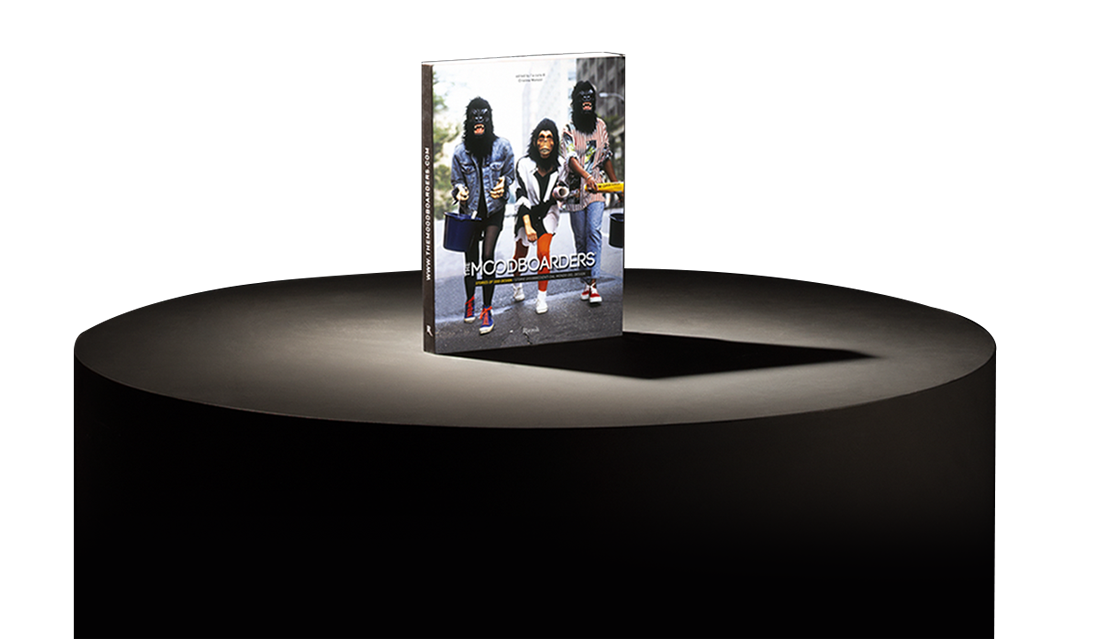The Fuori Salone 2016 was the perfect occasion to cross through the thresholds of ancient doorways once closed to the public, many in the Cinque Vie area, which is the heart of Milan’s artisan community. Historic buildings were used as temporary locations, housing dramatically staged collective exhibitions that established bold cohabitation between avant-garde design and antique splendour. Columns, stucco, tapestries, and grand staircases with long runners, underwent change; that of Palazzo Litta, for example, traded its dusty, velvet runner for a rubber one, produced by the same company, Artigo, which created the flooring for Milan’s underground metro. The frequent presence of “choreography” in buildings, showrooms, and the Fair’s stands shows a significant change in the way contemporary design is being presented, seeing as it is often shown in sterile settings that have little dialogue between space and object. As in the past, furniture and objects have a relationship with their surrounding areas, which serve as a pleasurable backdrop. Unexpected echoes bounce off walls covered in never-before-seen, feather-shaped ceramics and new design pieces, between frescoes and contemporary porcelain, columns and fields of grain. The tale of design becomes a narrative fresco that spans the most varied places, collecting a taste of different origins. The widely-diffused presence of choreography indicates a trend: contemporary design has stepped down from its pedestal and is mixing with a diverse family of furniture and objects, hailing from every style and era, making it more expansive.
N.34 of May 19th, 2016
Choreography
The Fuori Salone 2016 was the perfect occasion to cross through the thresholds of ancient doorways once closed to the public, many in the Cinque Vie area, which is the heart of Milan’s artisan community. Historic buildings were used as temporary locations, housing dramatically staged collective exhibitions that established bold cohabitation between avant-garde design and antique splendour. Columns, stucco, tapestries, and grand staircases with long runners, underwent change; that of Palazzo Litta, for example, traded its dusty, velvet runner for a rubber one, produced by the same company, Artigo, which created the flooring for Milan’s underground metro. The frequent presence of “choreography” in buildings, showrooms, and the Fair’s stands shows a significant change in the way contemporary design is being presented, seeing as it is often shown in sterile settings that have little dialogue between space and object. As in the past, furniture and objects have a relationship with their surrounding areas, which serve as a pleasurable backdrop. Unexpected echoes bounce off walls covered in never-before-seen, feather-shaped ceramics and new design pieces, between frescoes and contemporary porcelain, columns and fields of grain. The tale of design becomes a narrative fresco that spans the most varied places, collecting a taste of different origins. The widely-diffused presence of choreography indicates a trend: contemporary design has stepped down from its pedestal and is mixing with a diverse family of furniture and objects, hailing from every style and era, making it more expansive.
Cristina Morozzi
Editor-in-chief
editor@themoodboarders.com/old





